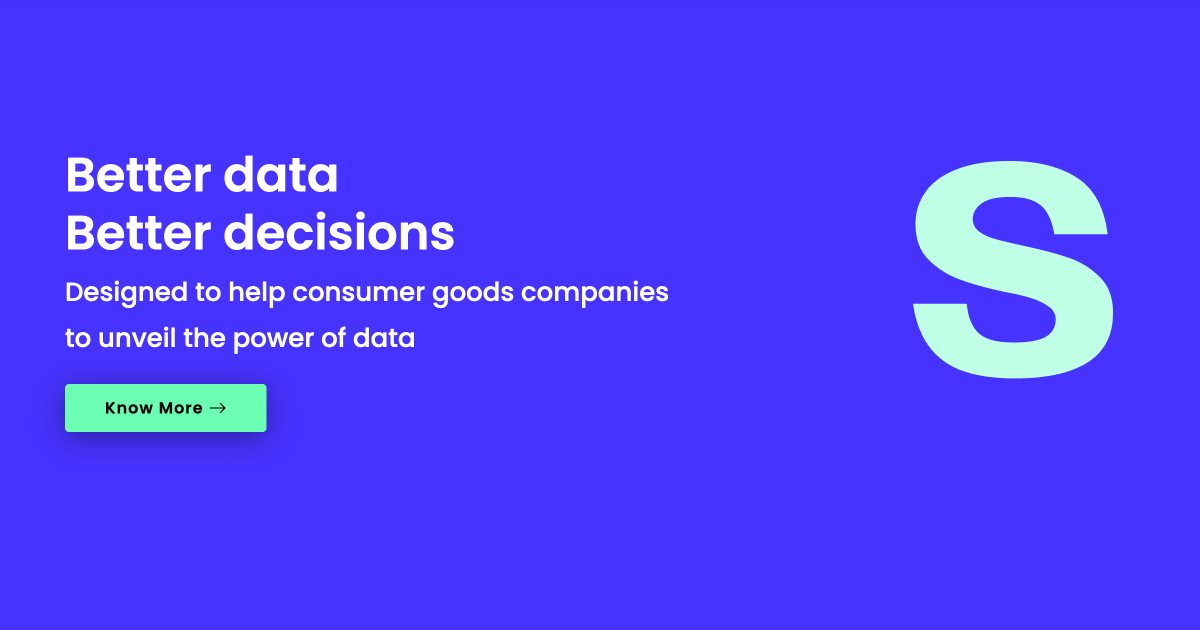
Why Monitoring Competitor Pricing is Crucial for Business Success
Pricing is one of the most influential factors in consumer decision-making. In a competitive market, keeping track of competitor prices is not just a smart strategy—it’s a necessity. Businesses that monitor pricing trends can optimize their own pricing strategies, maintain competitiveness, and maximize profitability.
The Importance of Tracking Competitor Prices
-
Stay Competitive and Relevant
Consumers compare prices before making purchases. If your products are priced too high compared to competitors, you risk losing sales. If they are too low, you may be undervaluing your offerings and cutting into profit margins.
-
Optimize Pricing Strategies
Understanding how competitors adjust prices helps businesses refine their pricing models. This includes implementing dynamic pricing, offering strategic discounts, or bundling products to maintain a competitive edge.
-
Improve Profit Margins
By tracking competitor pricing, companies can identify opportunities to increase margins when competitors raise their prices or adjust promotions. It also prevents unnecessary price cuts that could erode profitability.
-
Respond Quickly to Market Changes
Market conditions change rapidly due to factors like supply chain disruptions, seasonal demand shifts, or economic fluctuations. Keeping an eye on competitor pricing helps businesses react quickly and maintain market positioning.
-
Enhance Customer Perception
Pricing influences brand perception. Premium pricing can signal quality, while frequent discounts may devalue a brand. By tracking competitors, businesses can ensure their pricing aligns with their brand positioning and customer expectations.
-
Leverage Data for Promotions and Discounts
Monitoring price trends allows businesses to time promotions effectively, ensuring discounts are competitive without unnecessary revenue loss. This is particularly important in industries with frequent sales cycles, such as retail and e-commerce.
How to Track Competitor Pricing Effectively
- Use Price Monitoring Tools: Automated tools can track real-time price changes, allowing for quick adjustments.
- Analyze Pricing Trends: Study historical data to predict future pricing strategies of competitors.
- Compare Value Propositions: Pricing alone isn’t enough—consider competitor offerings, quality, and additional services.
- Set Alerts for Price Changes: Automated alerts can help businesses respond instantly to competitor price shifts.
Conclusion
Tracking competitor pricing is a fundamental part of a successful pricing strategy. It helps businesses maintain their competitive edge, optimize pricing for profitability, and respond to market fluctuations effectively. In today’s data-driven world, real-time price monitoring isn’t just an advantage—it’s a requirement for sustainable growth.








